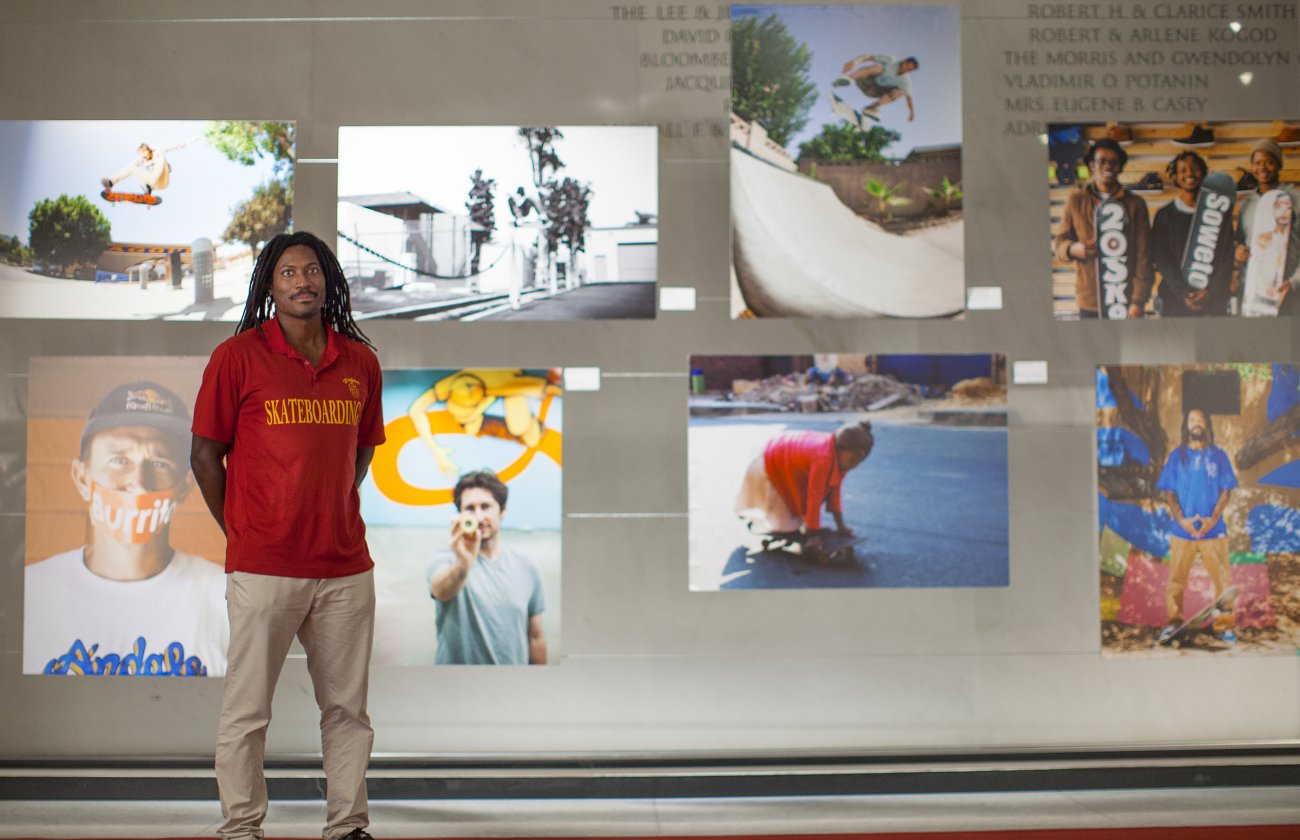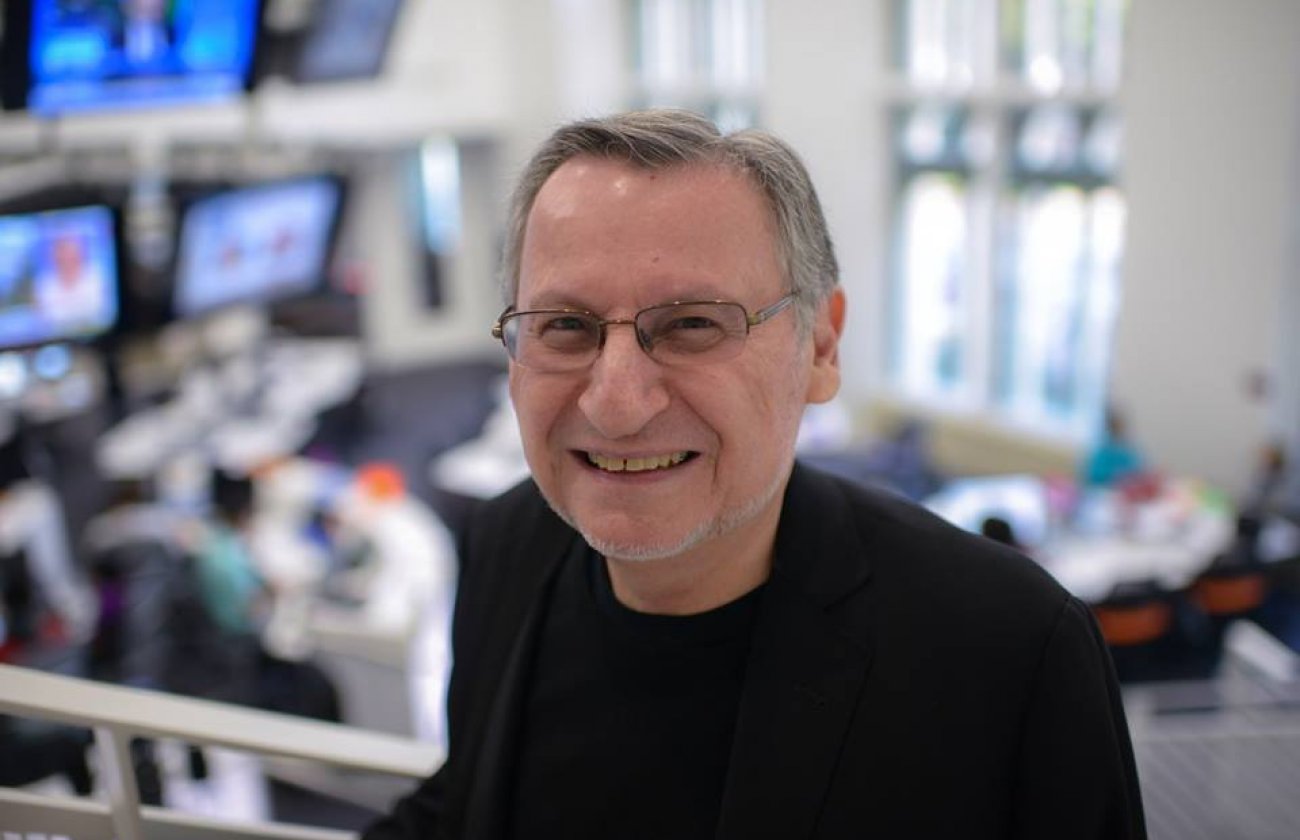Most of the time, when you want to build a building, you start with an architect. This building started with a vision. It started with Dean Wilson saying: What if USC Annenberg had a facility that imagined journalism’s future, instead of imitating its past? It started with the idea that the real future of journalism — the students here — should learn and train and innovate in the kind of 21st-century newsroom, the kind of interactive, multi-media incubator, that should be commonplace in ten, fifteen years. It started with the notion that a great school of communication and journalism leads the way. Serves as a laboratory for change. Doesn’t just anticipate the future, but wills it into being. These are grand claims, I know. But thanks to the leadership of Dean Wilson and the crucial support of President Nikias — thanks to the faculty and staff and above all the students here, who shaped every inch of this new building and the way it functions — I believe they’re more than justified. The truth is, this is a decisive moment for traditional journalism. Print readership is declining, TV viewership is eroding — even as we hunch over our tablets and smartphones, increasingly addicted to the latest tweet, the latest Instagram post, the newest kernel of news from the Middle East, or the Ukraine, or just around the corner. The choice is simple: innovate or die. Or as a smart Silicon Valley entrepreneur might put it: when your industry’s destined to be disrupted, your best course is to disrupt it yourself. That’s why Wallis Annenberg Hall is designed to mix all kinds of media together — TV, radio, print and online — because in a world that’s fully-wired and interactive, journalists can no longer survive if they stay in their own narrow cubbyholes, unable to spread their stories across every possible platform. It’s also designed, in close consultation with anthropologists and psychologists and sociologists, to provide connectors, not containers — to give students informal and open spaces where they’re almost forced to rub shoulders, to collaborate, to observe and learn from one another. Because news is now moving so fast, reporters have to be synergistic, not static. USC Annenberg already had the second largest newsroom in all of Los Angeles. Now it has what I believe to be the best. As well as a forum that was partly modeled on the Globe Theater, and will serve as a town square for everything from informal coffees to lectures by the leading journalists of our time. In so many ways, this is a building whose time had come. Dean Wilson deserves all of our praise and gratitude for his tireless effort, and his crystal-clear vision. And may I say, in tribute to the architects who executed that vision, it’s beautifully built as well. Some of you may know that I was a journalist myself. That’s why it was so important to me, as a supporter of this project, that it be built primarily with students’ needs in mind. I’d like to say to the students here today: This is your playground. Your place to take risks, to try new approaches, to test what works and reject what doesn’t. History is moving faster than ever before. The world’s becoming smaller than ever before. Your job is to chronicle it, make sense of it for the rest of us. Our job is to give you the best tools we can, the most cutting-edge facilities imaginable. We need you. We’re depending on you. And personally, I can’t think of a more worthy investment.
—Wallis Annenberg is Chairman of the Board, President and CEO of the Annenberg Foundation. She is USC’s longest-serving trustee.









